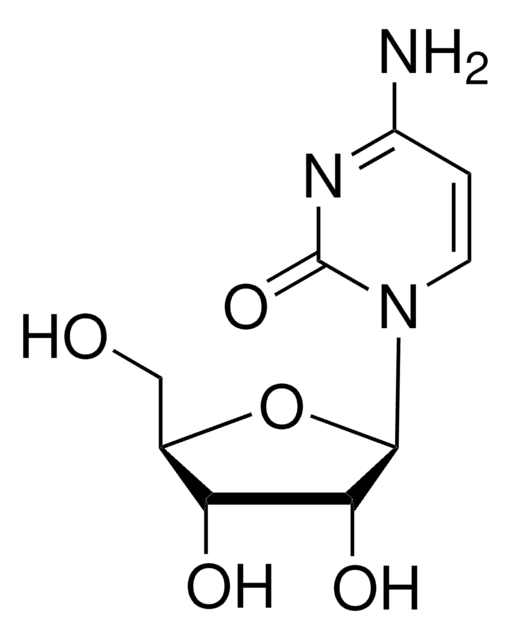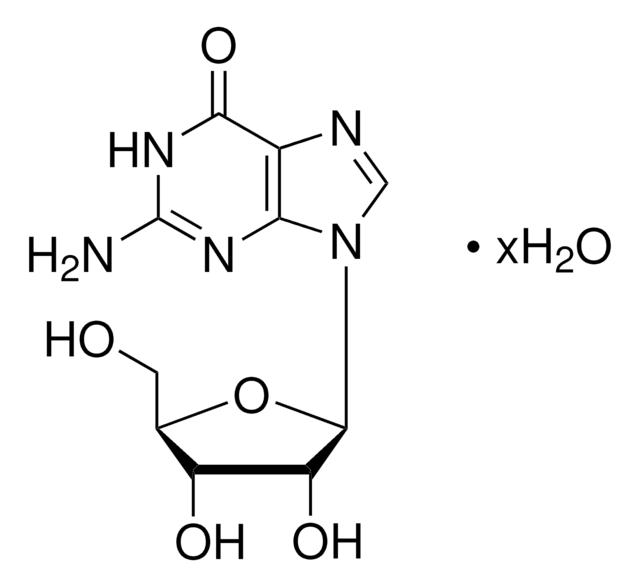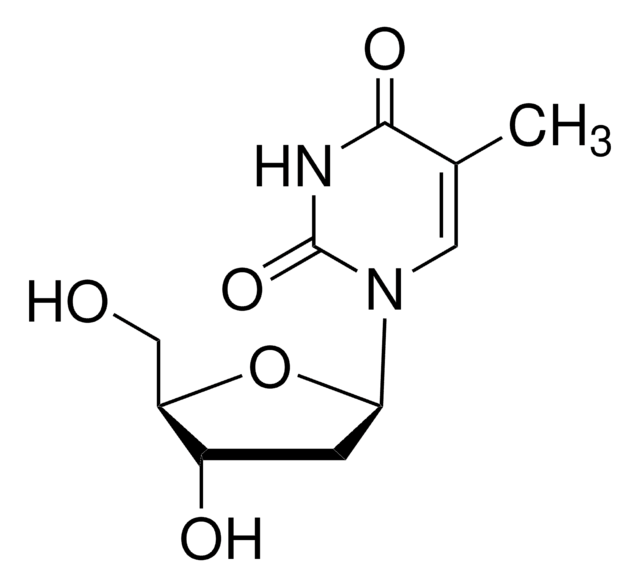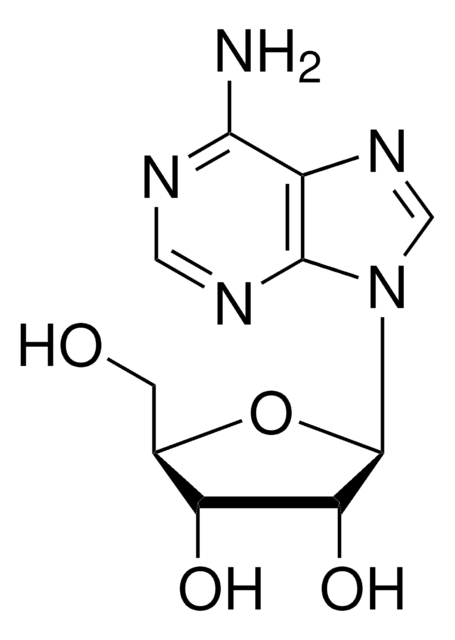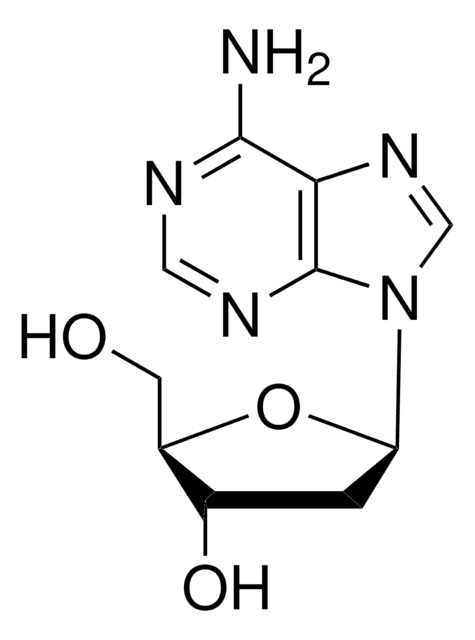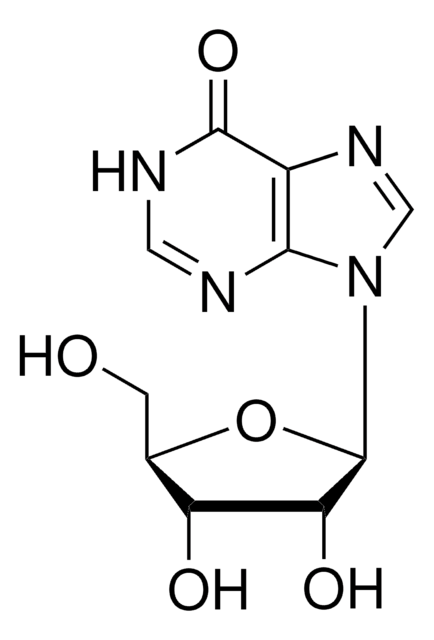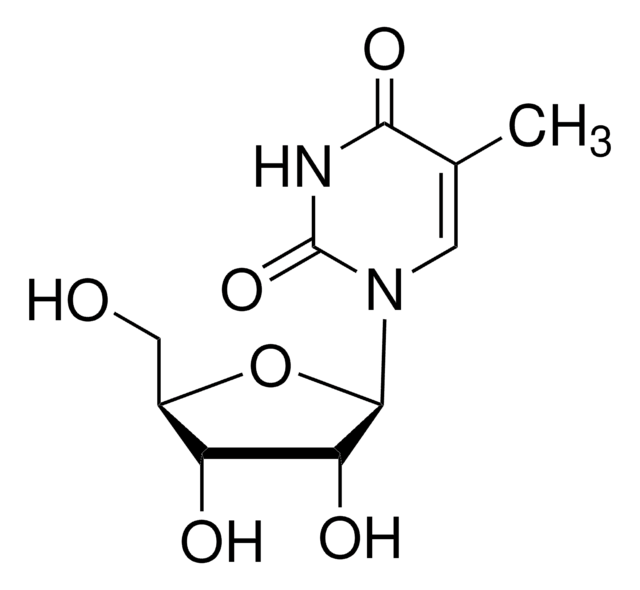C122106
Cytidine
99%
Sinónimos:
Cytosine β-D-riboside, Cytosine-1-β-D-ribofuranoside
About This Item
Productos recomendados
Ensayo
99%
Formulario
powder
actividad óptica
[α]20/D +33°, c = 2 in H2O
mp
210-220 °C (dec.) (lit.)
temp. de almacenamiento
2-8°C
cadena SMILES
NC1=NC(=O)N(C=C1)[C@@H]2O[C@H](CO)[C@@H](O)[C@H]2O
InChI
1S/C9H13N3O5/c10-5-1-2-12(9(16)11-5)8-7(15)6(14)4(3-13)17-8/h1-2,4,6-8,13-15H,3H2,(H2,10,11,16)/t4-,6-,7-,8-/m1/s1
Clave InChI
UHDGCWIWMRVCDJ-XVFCMESISA-N
Información sobre el gen
mouse ... Uck1(22245)
¿Está buscando productos similares? Visita Guía de comparación de productos
Categorías relacionadas
Descripción general
Aplicación
Código de clase de almacenamiento
11 - Combustible Solids
Clase de riesgo para el agua (WGK)
WGK 3
Punto de inflamabilidad (°F)
Not applicable
Punto de inflamabilidad (°C)
Not applicable
Equipo de protección personal
Eyeshields, Gloves, type N95 (US)
Elija entre una de las versiones más recientes:
¿Ya tiene este producto?
Encuentre la documentación para los productos que ha comprado recientemente en la Biblioteca de documentos.
Los clientes también vieron
Nuestro equipo de científicos tiene experiencia en todas las áreas de investigación: Ciencias de la vida, Ciencia de los materiales, Síntesis química, Cromatografía, Analítica y muchas otras.
Póngase en contacto con el Servicio técnico